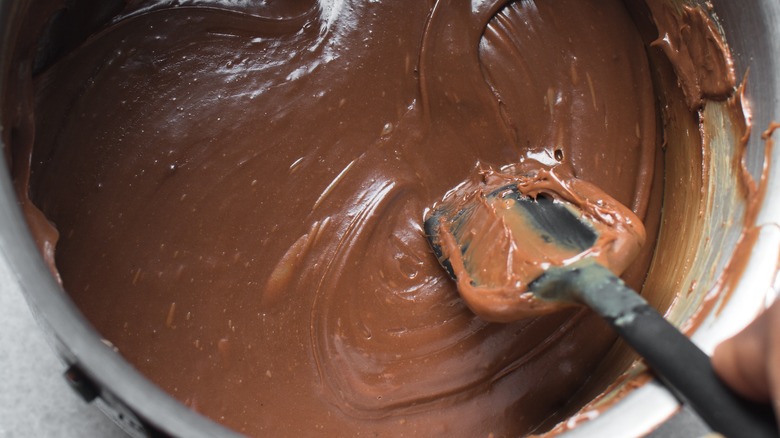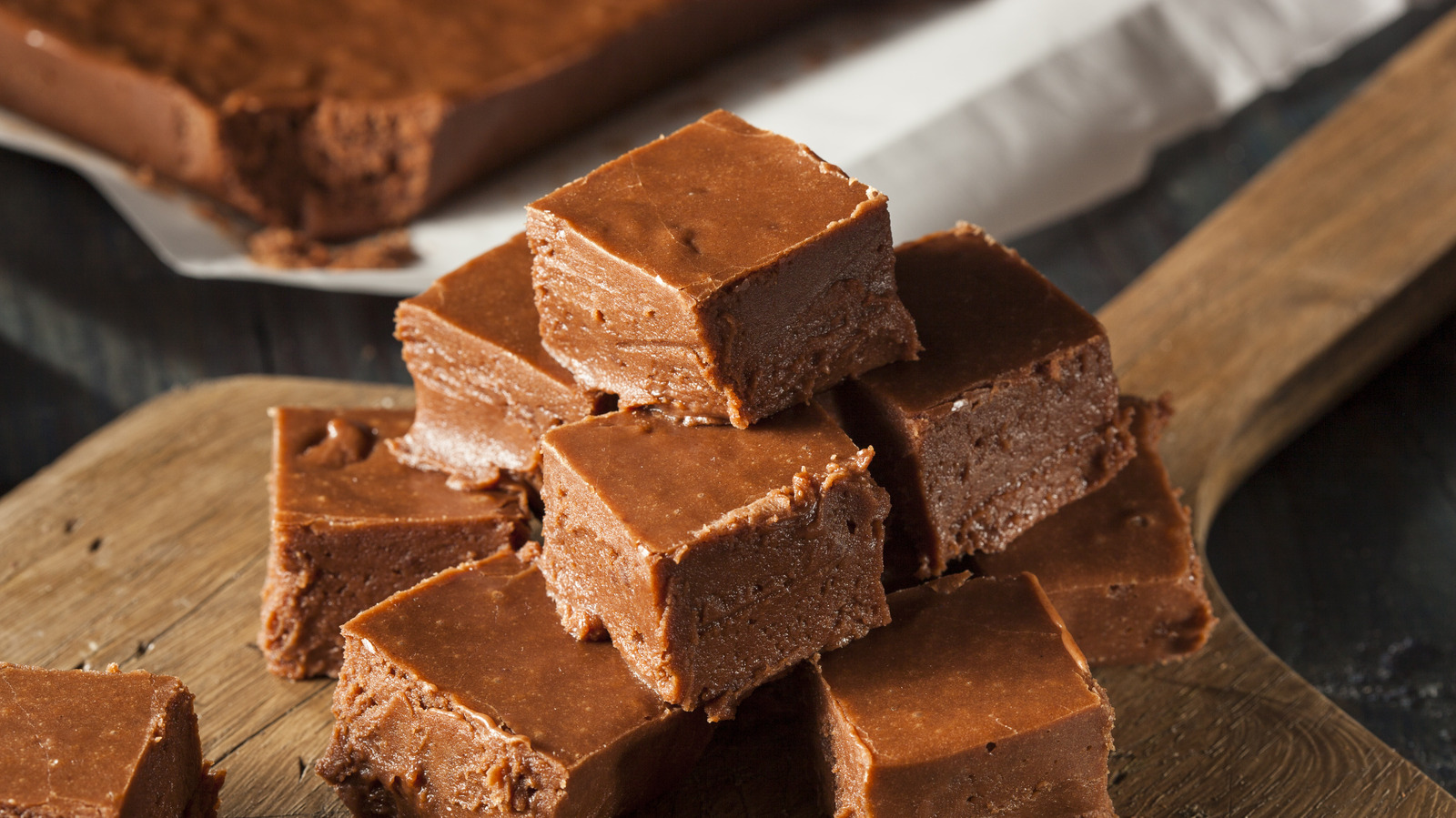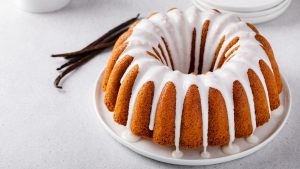Nostalgic memories of eating soft creamy fudge squares during the holidays while hanging out with family are enough to make you crave this sweet candy on a random day. But if you’re going to whip up a batch of this homemade confection, you’ll need to make the best version befitting those pleasant mouthwatering memories. That calls for not just one of your favorite fudge recipes but also a few expert tips to ensure you make the best fudge possible. One of the crucial tips to keep in mind is when to stop stirring your fudge mixture.
First, stirring begins when you initially put all the ingredients in the cooking pan. This allows for proper mixing of the different elements but most importantly it helps encourage melting of the sugar as the mixture heats up. Stirring at this point also keeps the mixture from sticking to the bottom of the pan. But once the sugar is completely dissolved and the mixture starts boiling, it’s time to stop stirring.
At this stage, if you stir the fudge, it will most likely result in crystallization. Even the smallest sugar crystal at this point can easily combine with other crystals and form a grainy texture in your fudge. This is why even expert confectioners admit that making fudge can be quite finicky; one untimely move and your candy can turn from smooth and silky to lumpy and gritty right under your nose.
When to beat the fudge mixture

The no-stir phase isn’t the only crucial step to watch out for. With experience, you’ll realize that any step involving mixing the fudge is also critical and must happen at just the right time. That said, when the fudge reaches the softball stage, remove the pan from the heat source and allow the mixture to cool before you start beating vigorously. This is done after about 15 minutes of cooling when the mixture reaches 110 to 113 degrees Fahrenheit.
The goal of beating the mixture is similar to the no-stir phase: it prevents a lumpy fudge. As the fudge cools down, it solidifies and beating introduces air inside which keeps it from clumping together. One of the biggest mistakes you can make with your homemade fudge at this point is stopping the vigorous stirring prematurely. Stir the mixture continuously to ensure any sugar crystals remain small and unnoticeable hence preserving that lovely silky smooth texture.
Take care not to overbeat, though. Once the mixture turns from glossy to a matte appearance and thickens, you’re good to go and can stop beating. Proceed to pour the fudge into a lined baking tray, let it set for a few hours and your sweet silky fudge is ready to enjoy.







